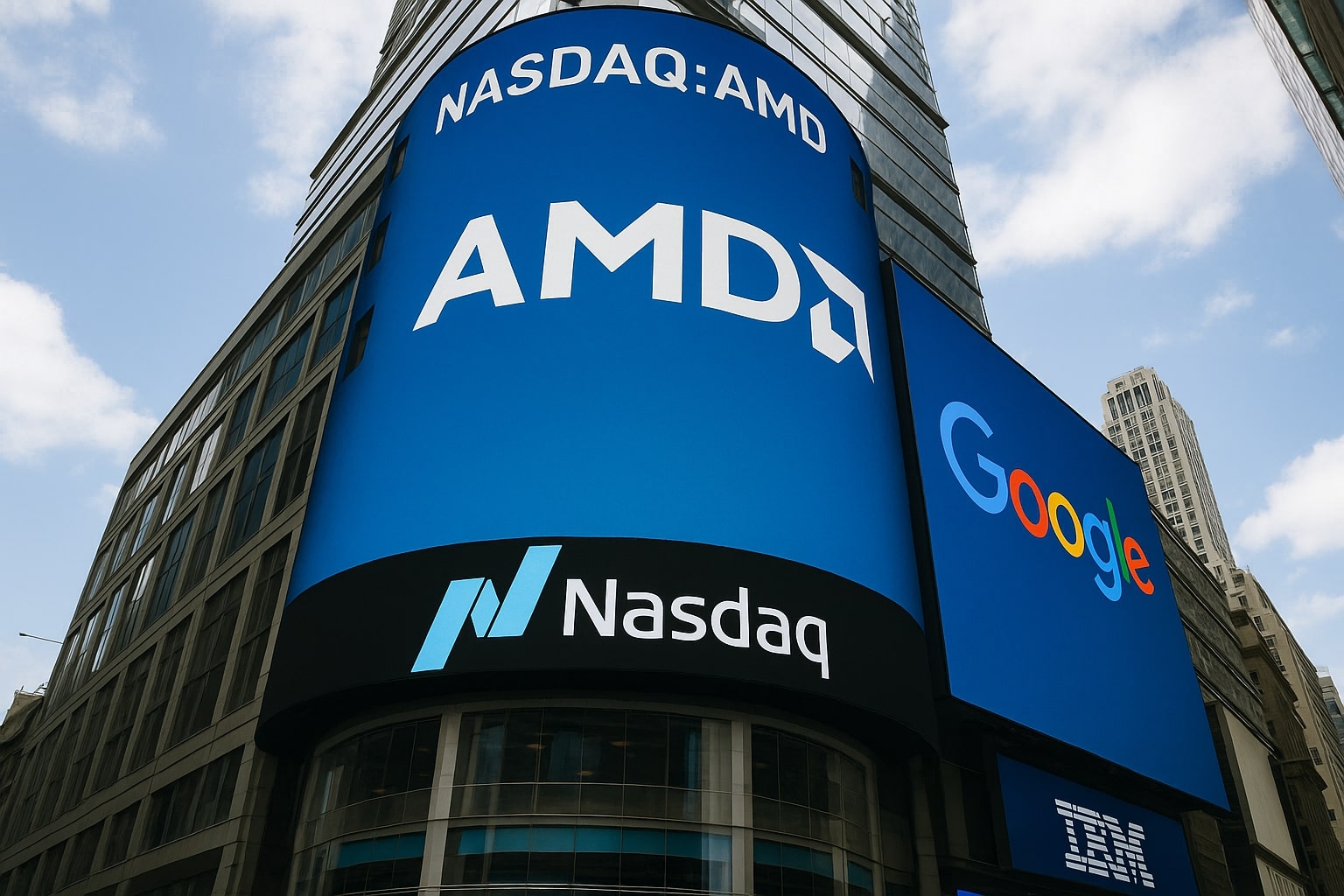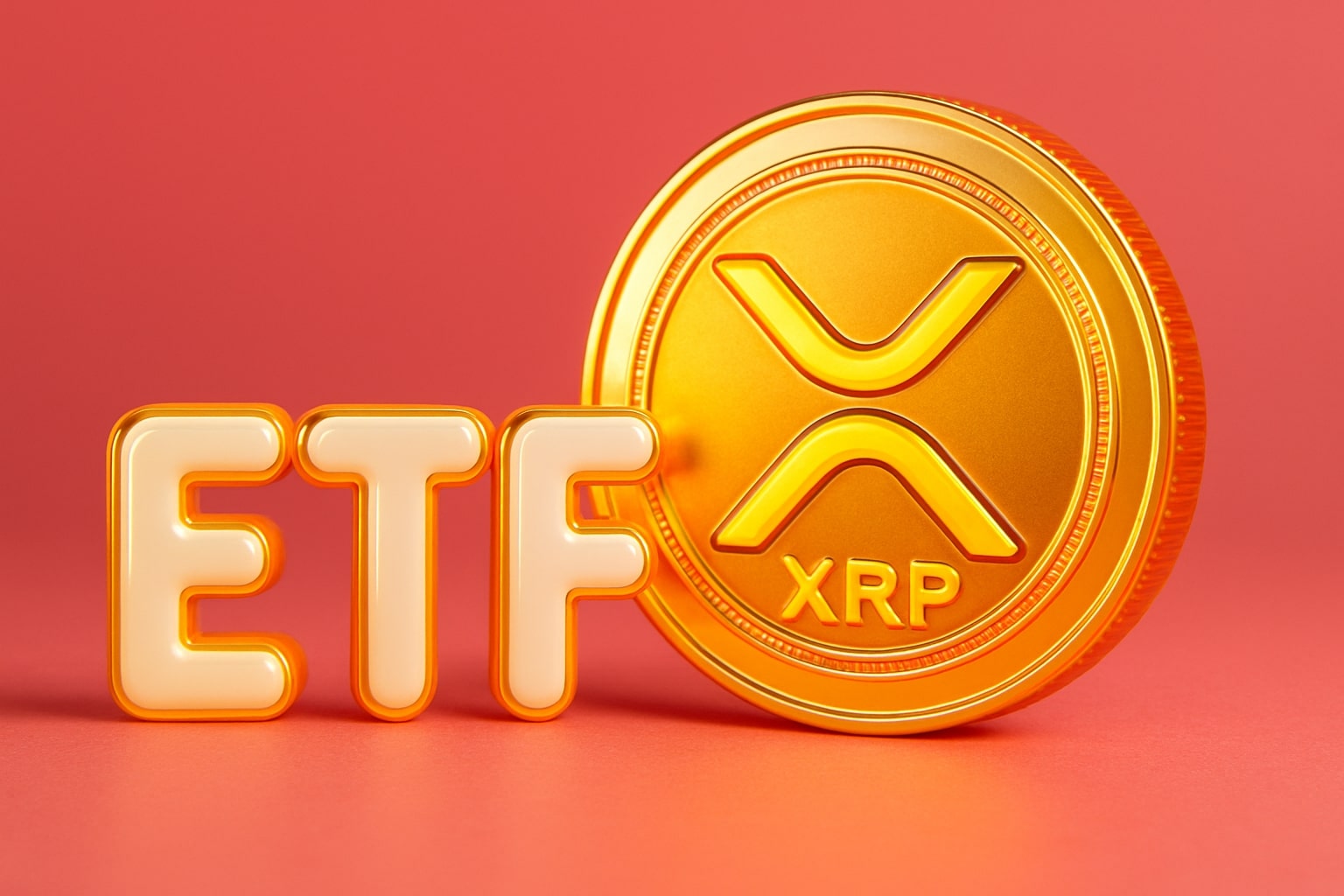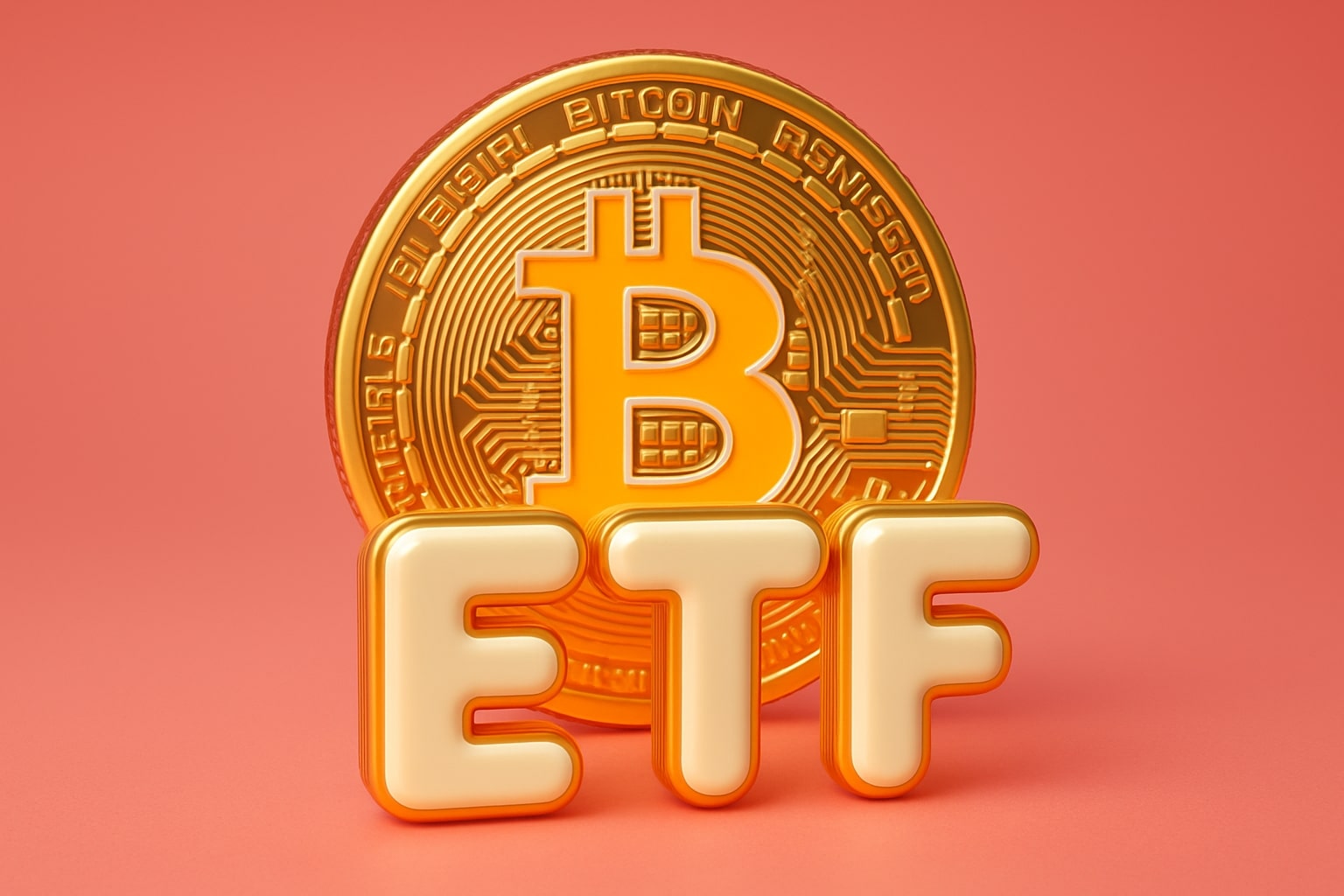NASDAQ:AMD Stock Analysis: AI Acceleration, IBM Partnership, and China Export Relief Push Shares Toward $200
AMD Share Price Momentum and Market Performance
NASDAQ:AMD is trading at $165.90 (+1.55%), adding over $2 intraday as investor sentiment turns increasingly constructive on its AI and data center trajectory. The stock has rebounded sharply from its 52-week low of $76.48, though it remains below its August peak of $186.65. Year-to-date, AMD has gained 36%, outperforming Intel’s 26% and trailing only Nvidia’s outsized surge. The market cap now stands at $269.1 billion, with a trailing P/E ratio of 99.31 against forward earnings estimates that bring the forward P/E down to the low 40s. Average daily trading volume sits above 56 million shares, underscoring AMD’s role as one of the most actively traded technology equities on Wall Street.
Earnings and Revenue Trajectory in 2025–2026
Q2 2025 earnings came in at $0.48 EPS, matching expectations, with revenue at $7.68 billion. Analysts forecast September quarter EPS of $1.17 on revenue of $8.73 billion, with December expected at $1.31 EPS and $9.12 billion revenue. Full-year 2025 consensus stands at $3.90 EPS on $32.99 billion revenue, up nearly 28% from 2024’s $25.79 billion. Growth accelerates further in 2026, with projections of $6.02 EPS on $40.03 billion revenue, representing a 54% earnings expansion year-on-year. The trajectory is supported by hyperscaler adoption of AMD’s MI300 series GPUs and the ramp in EPYC server CPUs.
Analyst Upgrades and Price Targets Driving Sentiment
Analyst coverage is decisively bullish. Truist recently upgraded AMD to Buy and lifted its target from $173 to $213, citing direct feedback from hyperscaler customers signaling “true interest” in large-scale AMD deployments for AI data centers, rather than just using AMD as a bargaining tool against Nvidia. Bank of America raised its one-year price target from $175 to $200, highlighting expected CPU market share gains from 20% in 2023 to 30% in 2026 and noting a 17% pricing premium versus Intel’s offerings. Benchmark set a Street-high target of $210, while Rosenblatt and Raymond James reiterated $200. Consensus across 45 analysts is clustered around $184, with upside scenarios modeled as high as $230.
AI Catalyst: Data Center GPU Expansion and IBM Partnership
AMD is executing aggressively in AI acceleration. Its Instinct MI355, shipping since late June, is a central growth driver in Q3 and Q4. Truist estimates AMD could capture up to 10% of the data center GPU market over time, with base case share near 6% by 2027. This expansion mirrors AMD’s earlier CPU trajectory, where it rose from negligible share in 2018 to today’s 21% server CPU presence. Complementing this push, AMD has entered a partnership with IBM (NYSE:IBM) to co-develop quantum-centric supercomputing architectures, combining AMD’s GPUs, CPUs, and FPGAs with IBM’s quantum computing systems. This collaboration positions AMD to integrate into the next generation of hybrid quantum-classical workflows and strengthens its foothold in supercomputing, where it already powers the Frontier and El Capitan systems.
Geopolitical Shifts: China Export Relief Lifts AMD Outlook
The Trump administration’s suspension of AI chip export bans to China unlocked immediate upside for AMD. The Chinese AI market represents billions in annual revenue potential, and the policy reversal offers AMD the ability to directly compete with Nvidia in a previously restricted arena. This geopolitical tailwind contrasts with the U.S. government’s $11 billion investment in rival Intel (NASDAQ:INTC), where Trump secured a 9.9% equity stake in Intel at no cost to the Treasury. While this bolsters Intel’s funding, analysts note it does little to close AMD’s technological lead in CPUs and AI accelerators.
Financial Strength and Balance Sheet Stability
AMD’s fundamentals remain robust, with $5.87 billion in cash against $3.89 billion in debt, yielding a debt-to-equity ratio of only 6.5%. Free cash flow generation sits at $2.33 billion, supporting further R&D and shareholder value creation. Gross margin has expanded to 47.6%, while net margin improved to 9.57%. Despite high valuation multiples, AMD’s PEG ratio of 0.77 reflects growth-adjusted affordability, particularly relative to peers in the AI hardware sector.
Insider and Institutional Positioning
Institutional ownership remains dominant at 69.2%, with insider holdings at just 0.5%. Short interest has declined from 48.8 million shares to 42.1 million in the past month, reflecting reduced bearish bets. To track the latest insider activity, refer directly to AMD insider transactions, which show no significant selling pressure despite recent volatility. The absence of insider exits suggests management confidence in AMD’s trajectory.
Valuation Relative to Peers and Sector
At a trailing P/E near 100, AMD trades rich, but forward P/E at 42x 2025 earnings compresses further to below 30x on 2026 estimates. For comparison, Nvidia trades at over 50x forward EPS, while Intel sits below 20x, weighed by weaker growth. AMD’s price-to-sales ratio of 9.0 is elevated, but justified by near-30% revenue growth. Enterprise value-to-EBITDA stands at 47x, high historically, but anchored by the AI boom cycle. The company’s valuation reflects a market premium for leadership in cutting-edge CPUs and growing credibility in GPUs.
Technical Setup and Trading Levels
AMD shares are consolidating between $164.91–$169.77 intraday, with the 50-day moving average at $155.77 acting as support. The 200-day average sits at $124.94, reinforcing long-term bullish structure. Resistance looms near the $170–$173 zone, with the August high of $186.65 the next breakout target. A close above that level would clear the way for Truist’s $213 base-case target. On the downside, $160 and $155 serve as immediate supports, with deeper risk limited to $145 unless growth expectations are derailed.



















